Deck the Halls and Deckled Edges
Falalalala-Lalalala! Happy Twelvetide! Notes on old school bookmaking. Taking a literal knife to Racine, Frost, Wilbur, and Espaillat. A huge Shakespearean undertaking coming soon.

I am writing to you on the sixth day of Christmas, and my true love has not gifted me any geese—thank goodness! I hope all of you are having a wonderful holidays season, or at the very least enjoying some type of break in the busy-ness of life.
Aside from entertaining visitors, we are on a very relaxed social, educational, and work schedule, but reading and writing has been fairly active.
Over at the
Facebook page there have been humorous discussions about the evils of deckled edges. I never had a strong feeling toward this book feature before, but since people got all fired up about it I thought I would do some research. For a rundown about this novel idiosyncrasy, Book Riot did a great job going over the history HERE.In brief, deckled edges are the ragged edges that you find on some fancier books. Deckling was a product of the paper making process—the deckle being the frame that sits inside the paper making mould. The ragged edge is the material that gets trapped under the edge of the deckle.
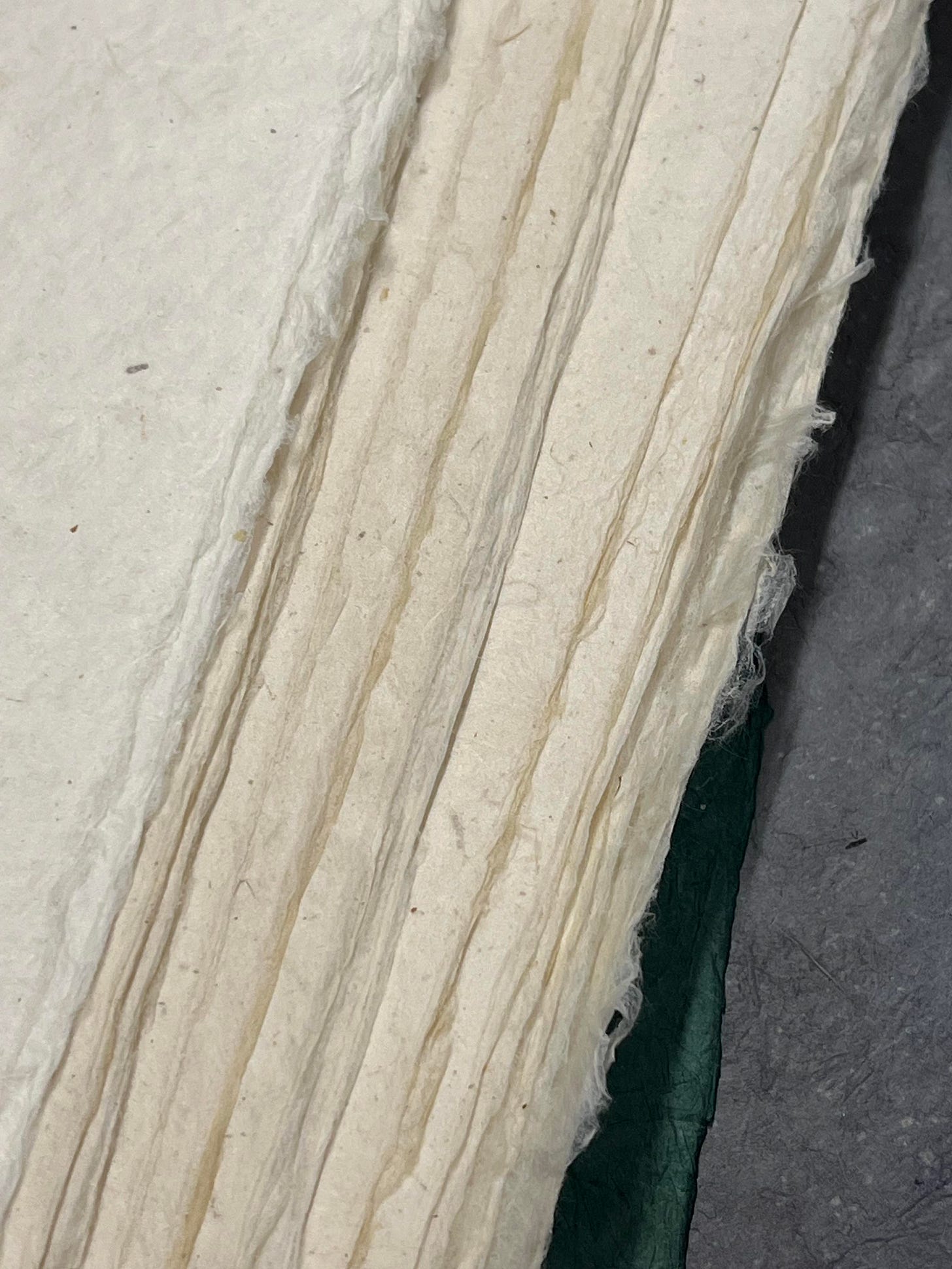
Most of the deckled edges you see nowadays are machine-produced, imitating the look of handmade books and thereby making them look fancy and worth more money.
How do you feel about deckled edges? Like them? Hate them?
Deckling is not the only source of uneven page edges. Some books are still printed in broad sheets and folded with the expectation that the reader will cut the pages themselves. For example, take this book of Jean Racine’s plays that I borrowed from the library. The top has perforated pages that were not completely separated, and some of the long edges look like they were hand torn. (I borrowed this book in order to compare Racine’s Phèdre with Richard Wilbur’s translation Phaedra.)
Even today books are printed in this manner. Take these translated collections of Richard Wilbur and Robert Frost by Rhina Espaillat. I would provide a links to the books but I can’t find them. From what I gather, these are published in Mexico and are somewhat difficult to get. However, I would say they are worth it if you have a Spanish speaking poetry lover out there. (I also recommend her translations of St. John of the Cross and Sor Juana Inés de la Cruz from Wiseblood Books, which thankfully do not have to be hand-cut.)
The Richard Wilbur copy on the left has already been cut with a craft knife. The Robert Frost on the right has yet to be cut.
Even with a sharp craft knife, the paper is so thick that you end up with a fibrous, feathery edge, especially the perforated top edges.
And here is a little video showing you the issues with the books.
For those of you who want to know more about how these books are made there is a great Wikipedia page on the folio and how it differs from the quarto and octavo.
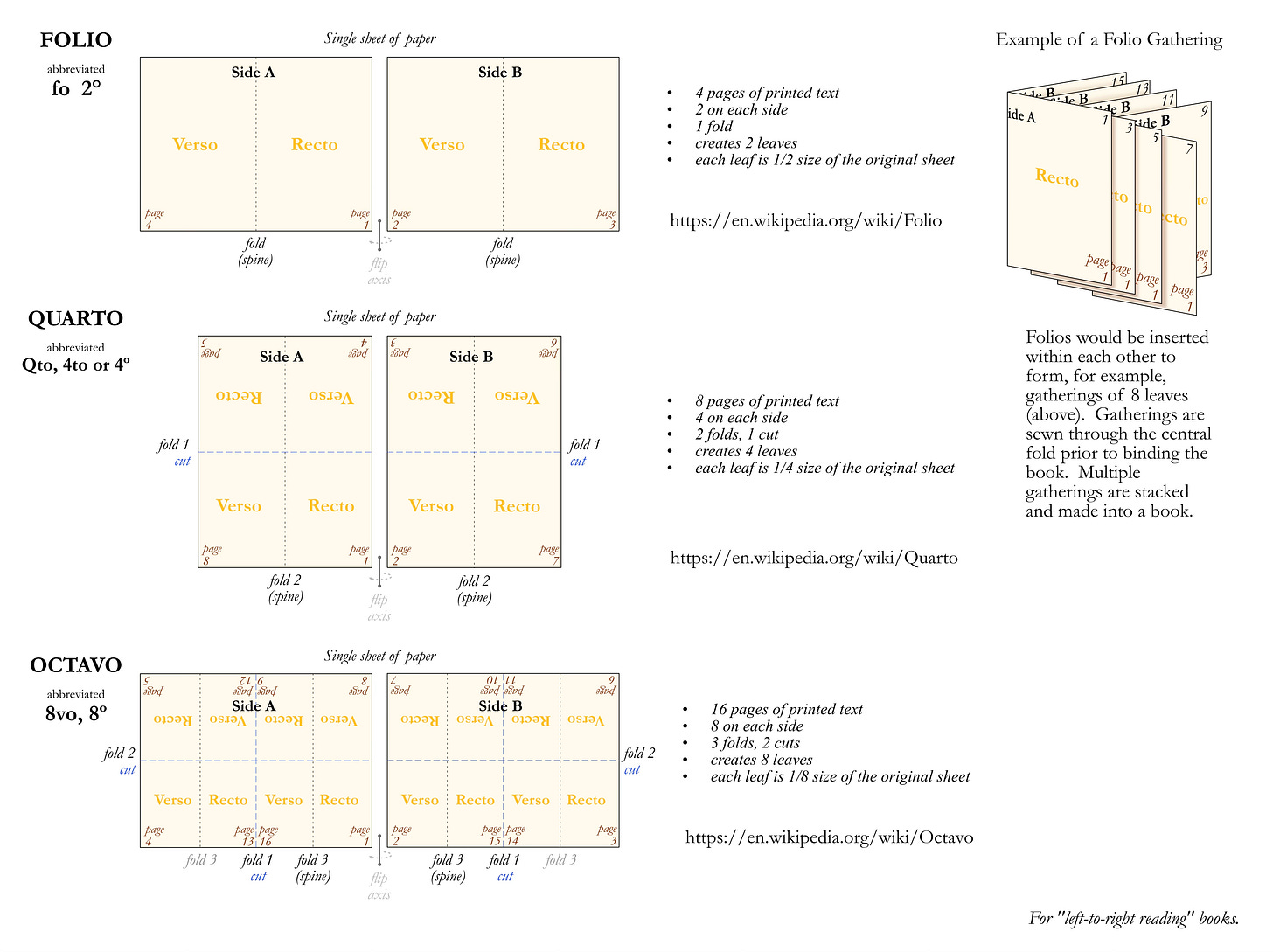
The most well known folio is, of course, Shakespeare’s First Folio which was published in 1623. Eighteen of Shakespeare's plays were printed in quarto book form during his lifetime which were much less expensive to produce than the folio. You can find out more about Shakespeare’s folios and quartos from Shakespeare Documented.
But speaking of Shakespeare, I have a special announcement...
Starting in January I will be recording a sonnet by our friend Billy as part of my Beauty of Things podcast. I will read the sonnet and give a brief summary of each poem in the form of heroic couplet. At the end of this project I will attempt to put all these couplets together to create a collage poem. I may have to tweak this a lot once at the end when I have all the lines, but who knows? It could work. It could crash and burn. I have no idea.
Let me know what you think. Good idea? Bad idea? Will Zina lose interest halfway? Does anyone want to take bets? Anyway, here’s to trying…
Thanks for reading and let me know your thoughts and opinions on deckled edges, cutting your own pages, or Shakespeare.






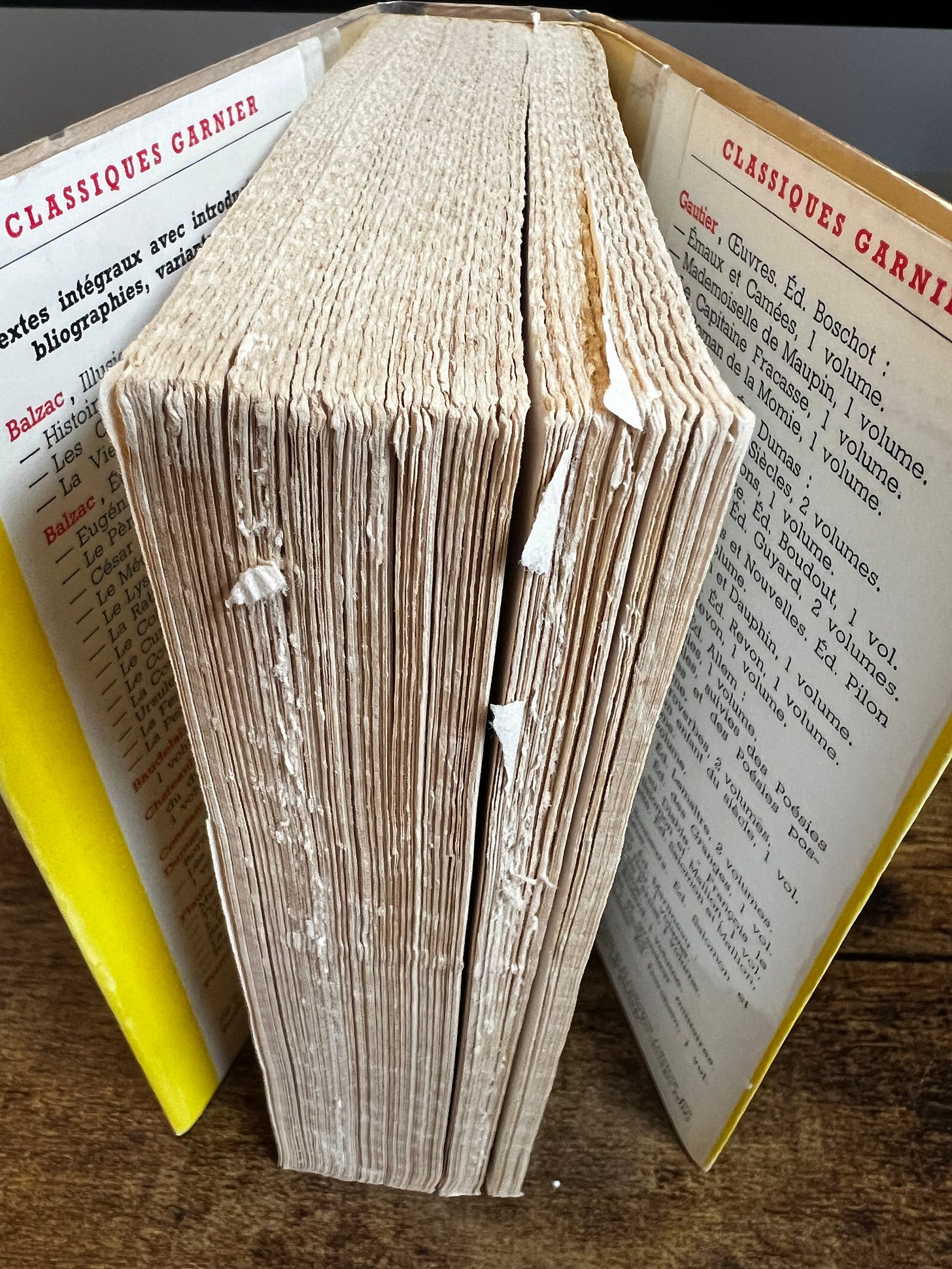

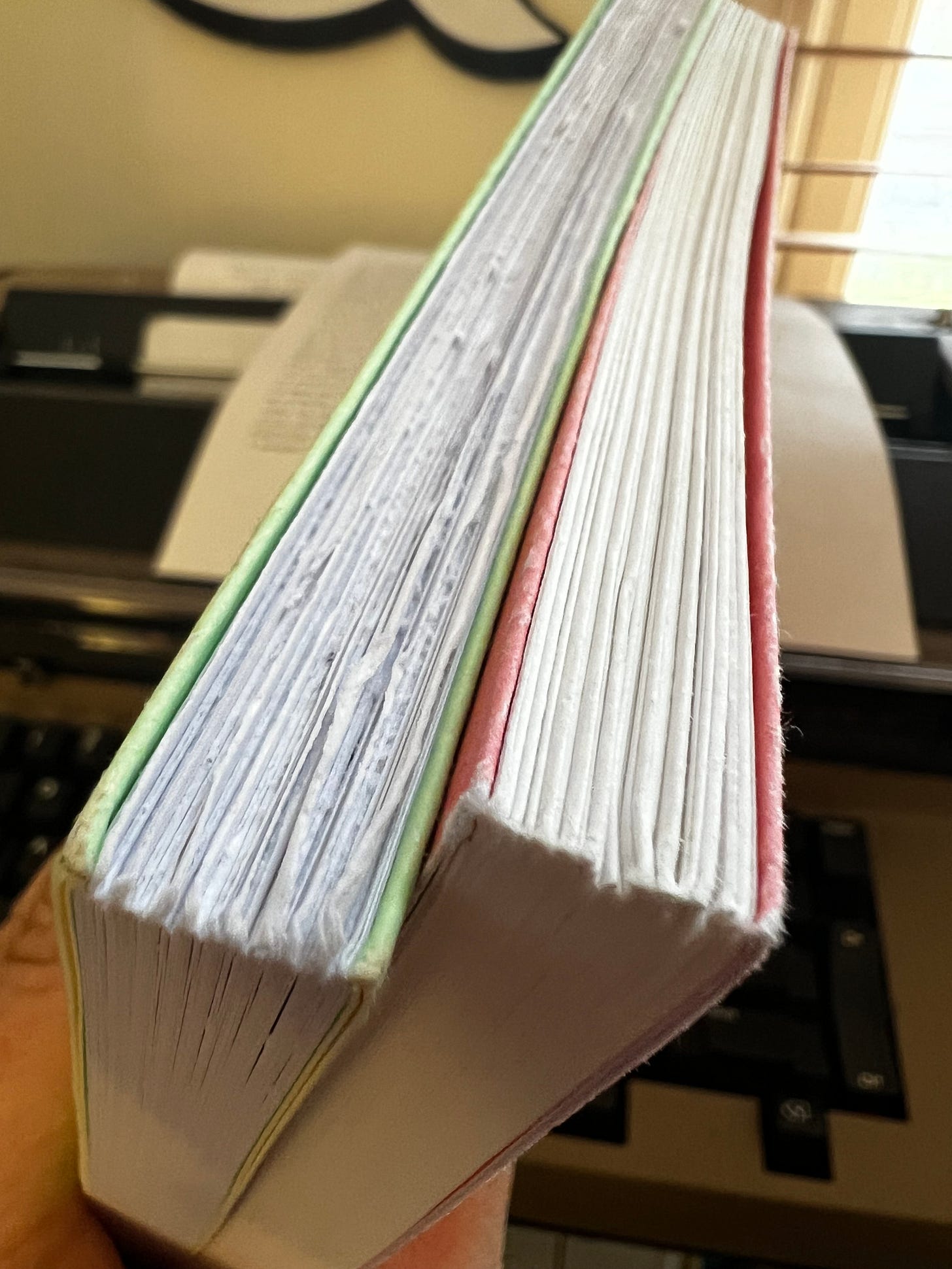
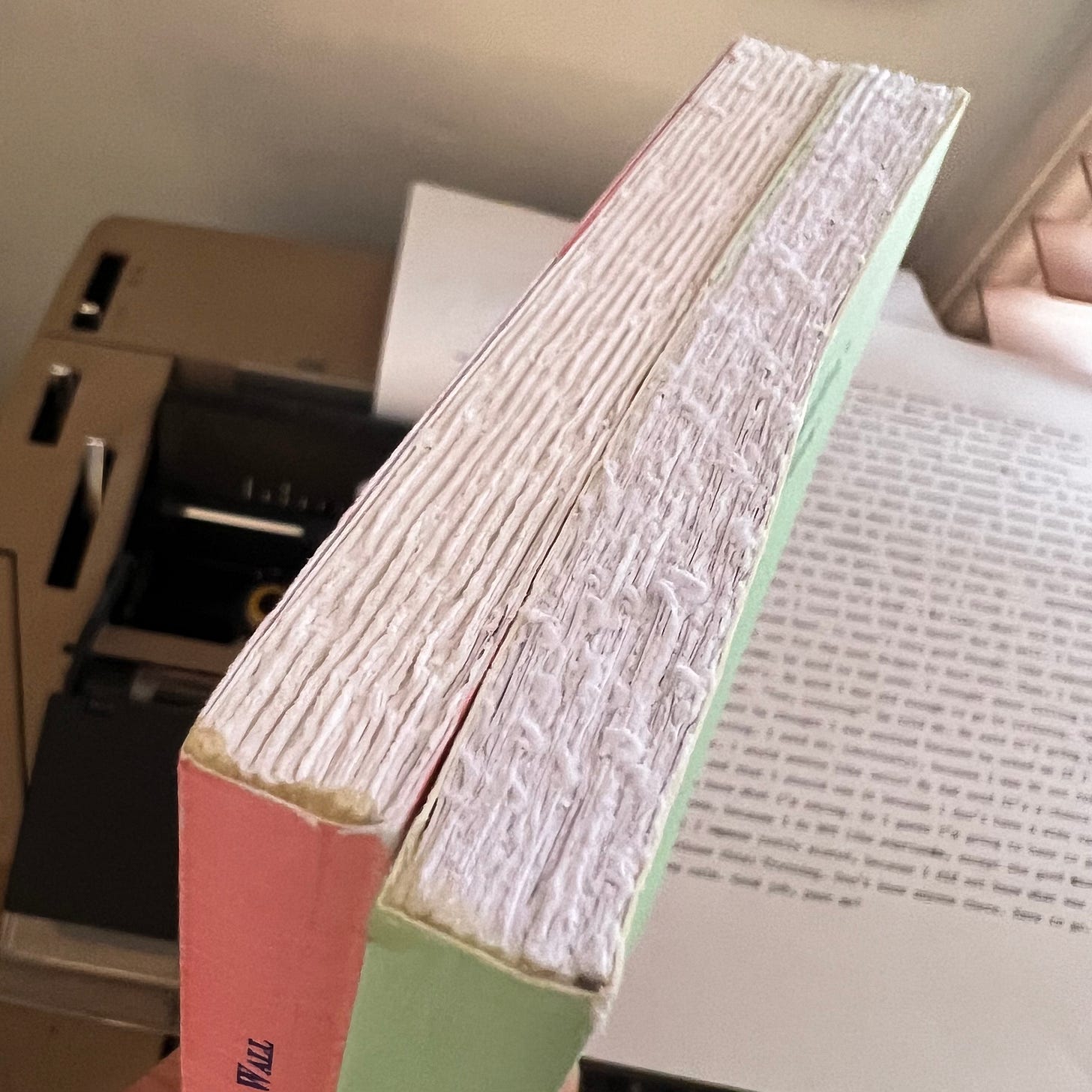

What a coincidence! I just started reading The Stranger in the Lifeboat by Mitch Albom which has deckled pages on the side not top or bottom. I like the look. It adds some nuance. Didn't have to cut them. I wouldn't read a book that I needed to cut the pages! I wouldn't feel comfortable cutting pages myself! Your project with Shakespeare's sonnets sounds like a fun challenge!
I never knew the word for that. My paperback P&V translation of Anna Karenina has them. I bought it twice (lost my old copy )so it must have worked, since I tend to borrow most books.